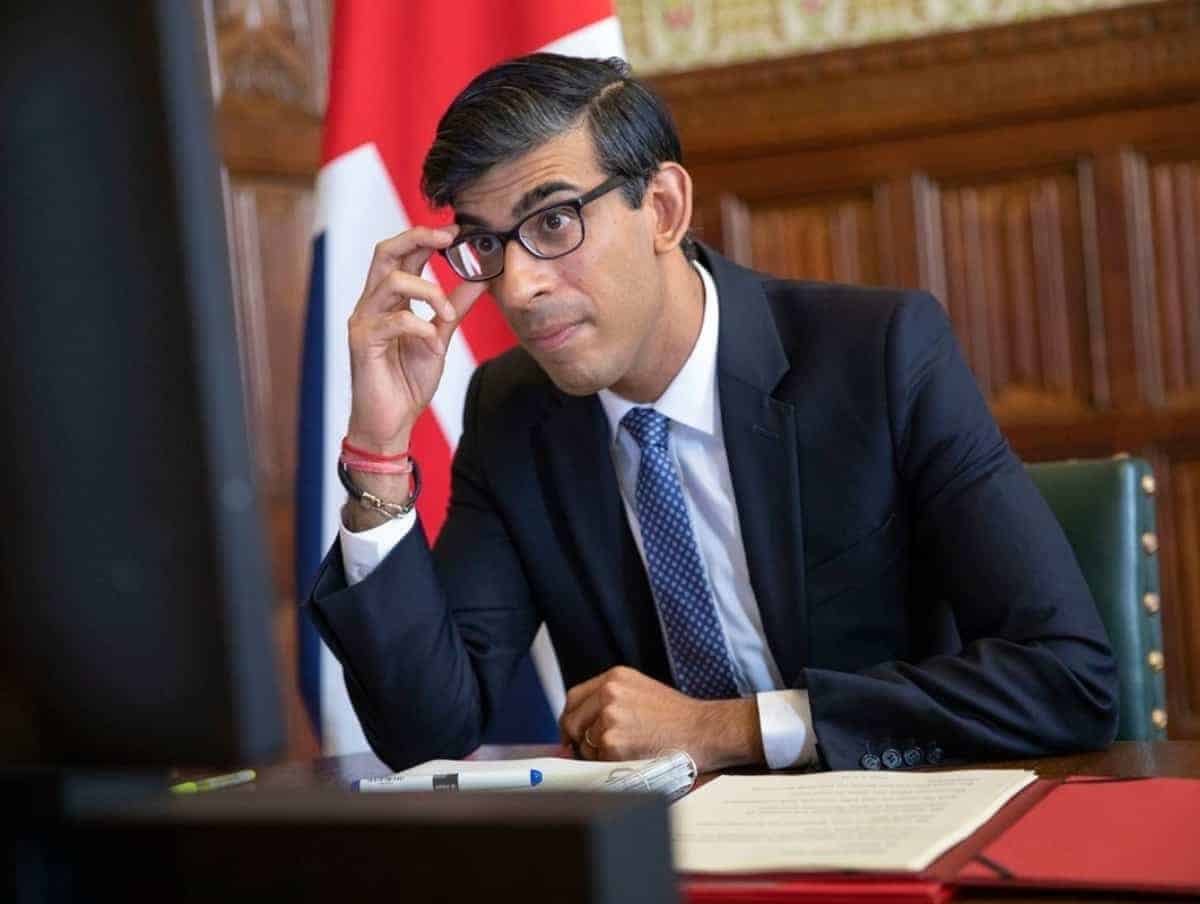
London: British Prime Minister Rishi Sunak, who worked in his mother’s pharmacy as a young boy growing up in Southampton, was back in his hometown on Tuesday to unveil plans for an expanded role for pharmacists to cut down long wait times for patients wanting to see a general practitioner (GP).
The 42-year-old British Indian leader had his blood pressure checked at Weston Lane Surgery in the south-east England port city and got a clean chit as he spoke to reporters about the initiative to cut down waiting lists for the state-funded National Health Service (NHS), one of his government’s top priorities. Patients with minor ailments like earache and sore throat would now be encouraged to go directly to their pharmacist, freeing up GPs for more serious illnesses.
“By expanding the role of pharmacies, fewer people will need to see their GP in the first place,” said Sunak.
“Today’s plans are expected to free up around 15 million GP appointments over the next two years for patients who need them most. Which means the next time you want to see your GP, you should be able to do so quicker,” he said.
Sunak branded his plans as a “bold and innovative package” of measures to significantly change how the NHS works and also tackle the “frustrating” 8 am local time call to a GP practice to get an appointment for the day.
“We will end the 8 am rush by making sure patients are either given an appointment immediately when they call or signposted to a more appropriate service such as NHS 111 or their local pharmacy. You will no longer be told to call back later,” said Sunak.
Cutting down on NHS wait times made worse as a result of the COVID pandemic, was among Sunak’s five key pledges at the start of this year. According to him, transforming primary care is the next part of this government’s promise to cut NHS waiting lists.
NHS chief executive Amanda Pritchard said the reforms would “help us to free up millions of appointments for those who need them most, as well as supporting staff so that they can do less admin and spend more time with patients”.
“We are already making real progress with 10 per cent more GP appointments happening every month, compared to before the pandemic. I want to make sure people receive the right support when they contact their general practice and bring an end to the 8 am scramble for appointments,” said UK Health Secretary Steve Barclay.
“To do this, we are improving technology and reducing bureaucracy, increasing staffing and changing the way primary care services are provided, which are all helping to deliver on the government’s promise to cut waiting lists,” he said.
An average-sized GP clinic in England of 10,000 patients often receives more than 100 calls in the first hour of every Monday. The UK’s Department for Health and Social Care said with advanced digital telephony, rather than an engaged tone, patients will receive a queue position, a call-back option, and their call can be directly routed to the right professional. The phone system will also be integrated with the clinical systems so practice staff can quickly identify patients and their information from phone numbers.
UK Minister for Health Neil O’Brien added: “Where GPs have already moved over to these new technologies, we see they free up the phones, making it much easier for people to get through to their general practice team.”
“As well as being more convenient for patients, these really easy-to-use digital tools allow a lot of patients to get the help they need without ever needing to go in for an appointment, which will help cut waiting lists. Investing GBP 240 million in these modern tools and the help GPs need to move onto them will make things more convenient for patients, but also make the workload more manageable for general practice teams,” he added.

